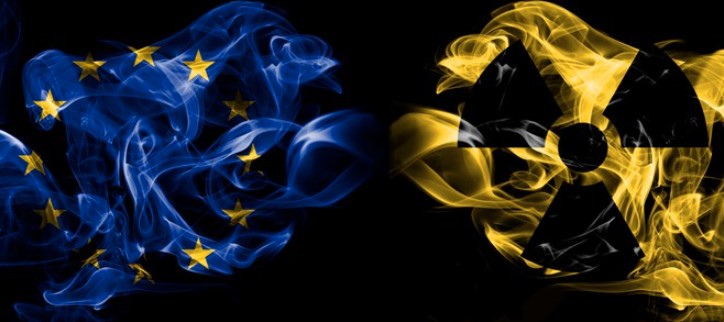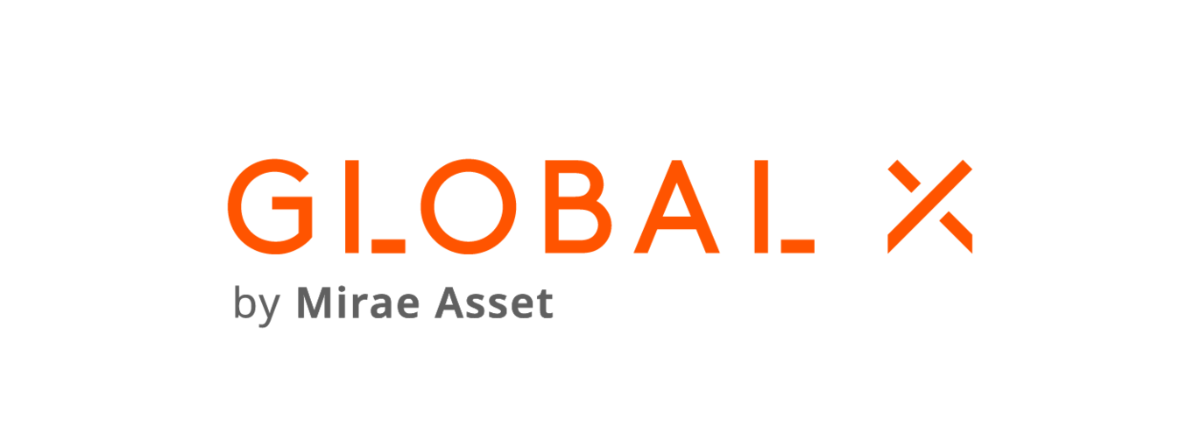As the European Commission revives nuclear power’s role in the sustainable finance discussion, investors in Europe can once again seek wrapped exposure to uranium via the newly-launched Global X Uranium UCITS ETF (URNU) and Sprott Uranium Miners UCITS ETF (URNM).
Although nuclear energy has been fairly unfashionable in recent years, it still makes up 25% of the EU’s and 19% of power supplies in the US, according to data from the World Nuclear Association.
Elsewhere, China plans to spend as much as $440bn over the next 15 years to roll out an additional 150 reactors, which the International Energy Agency expects will make it the world’s largest producer of nuclear power.
Closer to home, a turning point for the industry was the European Commission’s decision to include the energy source – alongside natural gas – within the Complementary Climate Delegated Act of the EU Sustainable Taxonomy.
This means it can feature in taxonomy-aligned products, though investors and lenders with stricter exclusions will likely continue steering clear.
Following this, ETF issuer Global X brought its US uranium strategy over to Europe and launched the $3m URNU on 20 April.
Shortly after, natural resource-focused investment manager Sprott Asset Management followed suit and partnered with white-label ETF issuer HANetf to launch the $4m URNM on 3 May.
The two products became the first in some time in Europe to offer uranium exposure in ETF format after the ETFS WNA Global Nuclear Energy GO UCITS ETF (NUKE) delisted in 2014 following a six-year lifespan.
In the US, where uranium products are more established, Global X’s uranium ’40-Act’ product has amassed almost $1.6bn assets under management (AUM) since launch in 2010 and $601m in new money so far this year, as at 20 May, according to data from ETFLogic.
As the newer entrant, Sprott AM’s strategy – previously the North Shore Uranium Mining ETF – launched in December 2019 and was acquired by the firm in April. Since inception, it has notched up an impressive $832m, with $278m of this arriving since the turn of the year.
Interestingly, flows have continued during a volatile start to 2022, including a sharp drop in the price of spot uranium and mining equities in April. Against this mixed backdrop, the US-listed renditions of Global X and Sprott’s uranium ETFs returned -9.1% and -11.5% during the year-to-date to 19 May.
Exposure and methodology
Diving into what makes the products tick, both ETFs are categorised as Article 6 under the Sustainable Finance Disclosure Regulation (SFDR), physically replicate their underlying and rebalance semi-annually.
They also both capture some of the biggest names in uranium mining including Kazatomprom, Cameco, Paladin Energy, Uranium Energy, NexGen Energy and Denison Mines, as well as popular uranium holding company Yellow Cake.
However, the way they capture uranium as a whole is at odds, with Global X opting for more of a value-chain approach while Sprott seeks more direct exposure to the metal itself.
Global X’s strategy tracks the performance of the 48 constituents in the Solactive Global Uranium & Nuclear Components v2 index.
Within this, the ETF attempts to invest at least 80% in companies involved in uranium mining, refining, exploration, uranium technology and equipment manufacturing and the production of nuclear components.
However, it also invests in companies that “do not derive a significant percentage of revenues” from the uranium industry but rather “generate large absolute revenues” from the industry.
Examples include broad mining conglomerates such as BHP and Rio Tinto, which have uranium mining operations peripheral to their core sources of revenue.
Others include engineering firm Mitsubishi Heavy – which intends to manufacture nuclear microreactors small enough to be transported on lorries by 2030 – and construction firm Daewoo Engineering and Construction – which constructs nuclear power plants in South Korea and overseas in Saudi Arabia, the UK, the Czech Republic, Poland, Slovakia and Ukraine.
Notably, nuclear is not the sole focus of either company. Mitsubishi Heavy has subdivisions ranging from energy, aircraft, space, defence, space, maritime, transportation, material handling, industrial machinery, automotive, environment, engineering and infrastructure, while Daewoo E&C covers oil and gas, power, industrials, environment, transportation, harbours, building and housing.
URNU effectively offers three tiers of uranium exposure – to mining companies, to physical uranium (via Yellow Cake) and adjacent players. In practice, this means it simultaneously offers direct exposure, amplified exposures via mining and diluted exposures through companies with partial uranium involvement.
While arguably more diversified, it also captures the risks associated with different sectors such as gaining permissions for uranium mining licenses and the reputational and financial risks of mining pollution, as well as the political and financing risks involved in building nuclear power plants.
It also somewhat captures the performance and risks associated with activities unrelated to the desired theme.
Meanwhile, Sprott AM’s ETF cuts out the exposure to broader mining companies and those involved in building nuclear power plants.
Tracking the North Shore Sprott Uranium Miners index of 38 stocks, URNM seeks to capture companies with at least 50% of their business activity devoted to uranium, spanning mining, exploration, development and production.
As well as delivering on this remit, URNM like URNU captures uranium holding companies such as Yellow Cake, which offer physical exposure to the metal itself by buying and holding uranium without having any part in mining.
For better or for worse, it offers a 4.5% exposure to Yellow Cake but also an 11.4% weighting to the Sprott Physical Uranium Trust, which is one of Sprott’s products offering direct exposure to physical uranium.
While not necessarily a bad thing to allocate 16% to physical uranium, doubling up on essentially the same exposure with two different products might raise a few eyebrows.
For instance, it may just seem like an opportunity to funnel extra assets into a Sprott product with a 0.96% management fee, which is not factored into URNM’s total expense ratio (TER) of 0.85%, which is notably greater than UNRU’s 0.65%.
Despite this, URNM still seems like the tool of choice for capturing higher uranium beta. It combines direct uranium with essentially leveraged exposure in the shape of mining equities. By capturing non-pure plays and companies involved in nuclear power and other areas, URNU makes bets beyond just uranium.
This article first appeared in ETF Insider, ETF Stream's monthly ETF magazine for professional investors in Europe. To access the full issue, click here
Related articles





